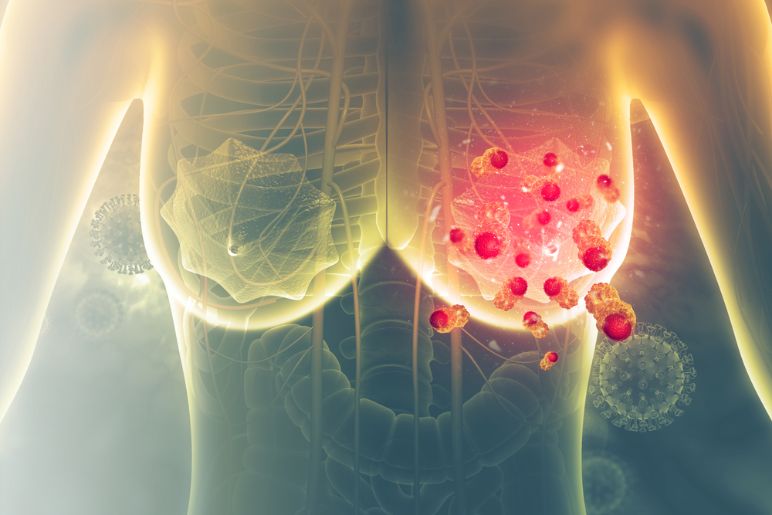When you’re diagnosed with breast cancer, your doctor will talk to you about how likely you are to survive. This is called your prognosis. It’s based on your type of cancer, its stage when it was diagnosed and how well you respond to treatment. Breast cancer survival rates are a good start, but they don’t tell the whole story. You and your doctor may want to look at other factors, such as your age, overall health, your response to treatment and whether the cancer is hormone receptor positive or HER2 positive.
The number of women who survive for 5 years after their diagnosis is known as the five-year survival rate. This is determined by looking at the outcomes of many patients with the same type and stage of cancer as yours. The statistics are compiled by organizations such as the Office for National Statistics and research teams. However, they only include people who were diagnosed and treated over a number of years. As advancements in the diagnosis and treatment of breast cancer are made, you may have a better outlook than those figures suggest.
Those numbers are a bit misleading, though, because the survival rates only refer to women who were diagnosed at the time of publication and underwent recommended treatment. This includes surgery, endocrine therapy and radiation therapy.
A more accurate and helpful measure of your prognosis is what’s known as the relative survival rate. This compares your chances of survival with those of other women who have the same type and stage of breast cancer as you do. The data are derived from the Surveillance, Epidemiology and End Results (SEER) database compiled by the National Cancer Institute.

SEER’s statistics are based on the survival rates of women who had their breast cancers treated in the United States. The statistics are updated as new information becomes available, so they’re a good representation of the current outlook for women with your type and stage of breast cancer.
Localized – The cancer has not spread to nearby structures or lymph nodes. This is the most common and curable stage of breast cancer. Currently, the five-year relative survival rate is around 99% for this stage of cancer.
Regional – The cancer has spread to nearby structures, such as the chest wall or lymph nodes. The five-year relative survival rate is about 86%. Distant – The cancer has spread to other organs, such as the lungs, liver or bones. The five-year relative survival rate is around 29%.
Some women develop metastatic breast cancer, which means the cancer has escaped from the breast and traveled through the bloodstream to cause additional tumors in other parts of the body. These are also known as stage 4 breast cancers. While this form of the disease is not curable, it can be kept under control with treatments such as chemotherapy and hormone therapy. About 20 to 30 percent of people with early stage breast cancer will eventually develop metastatic disease.









